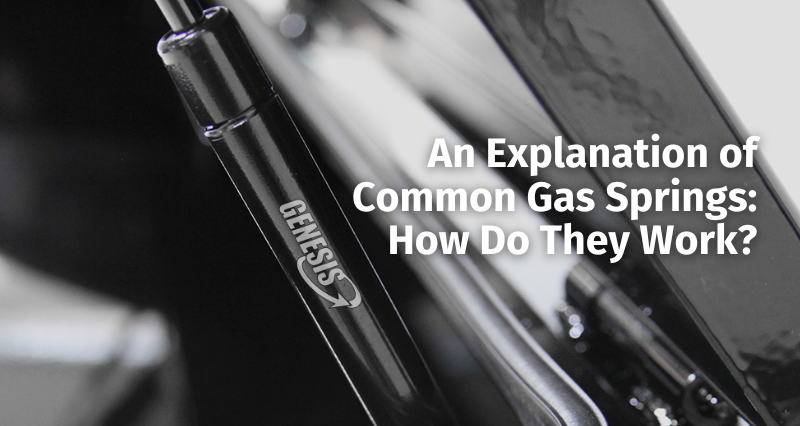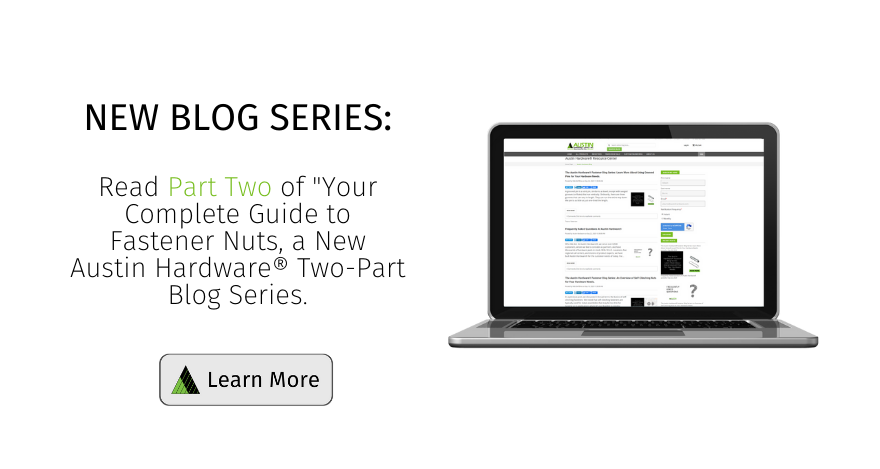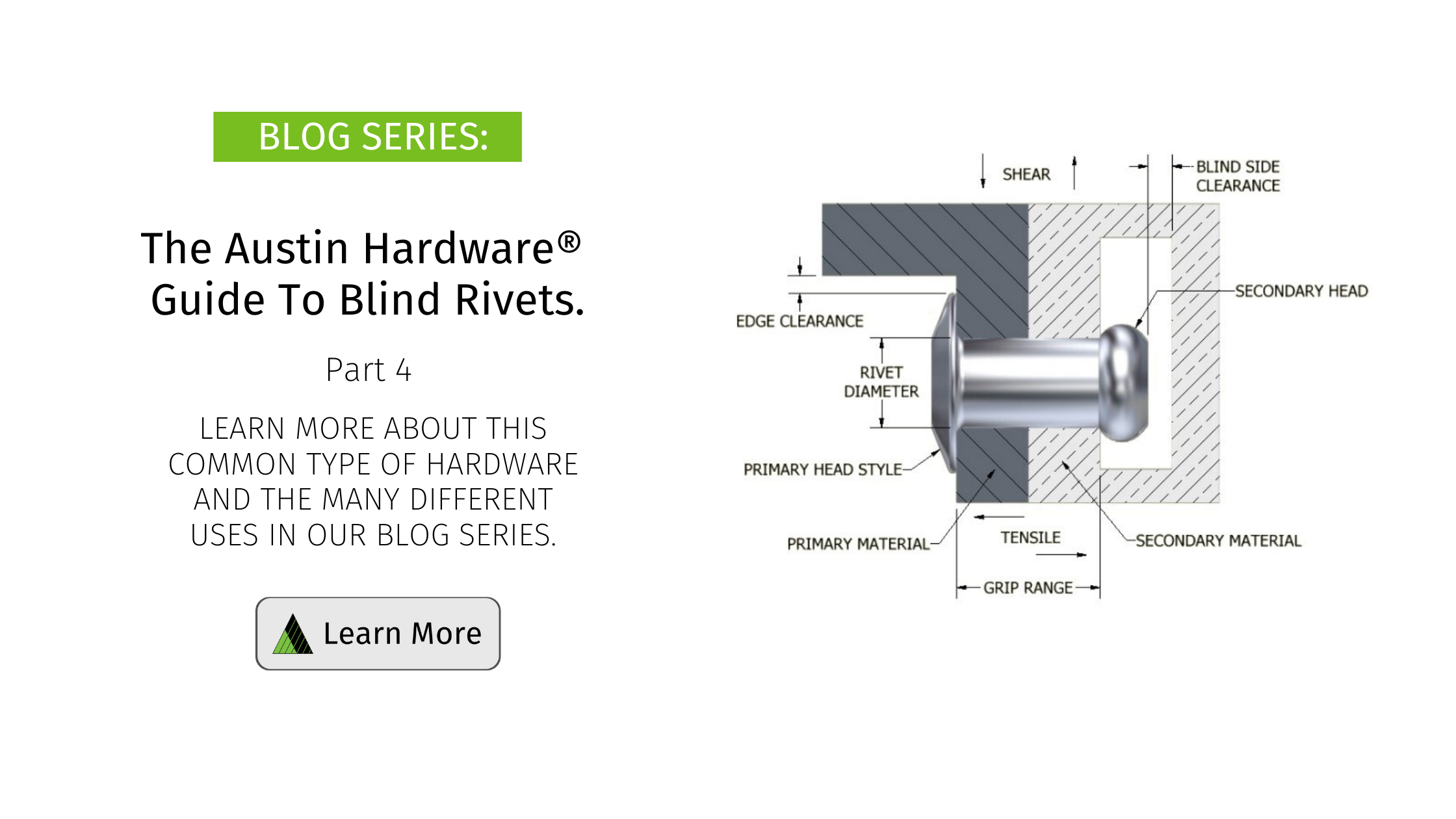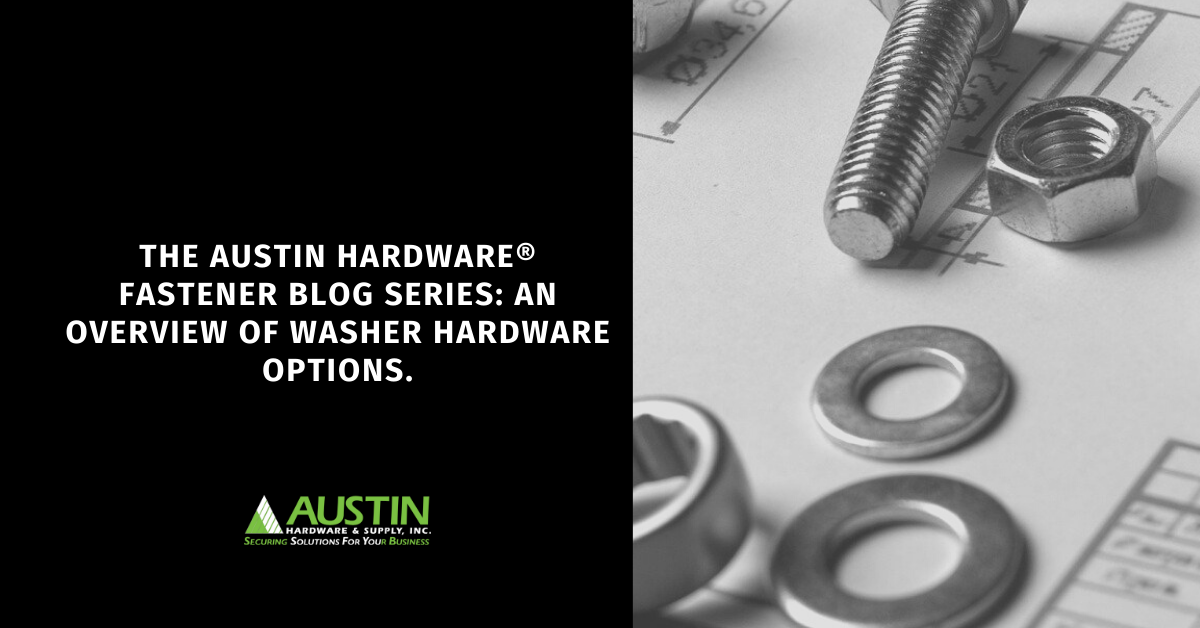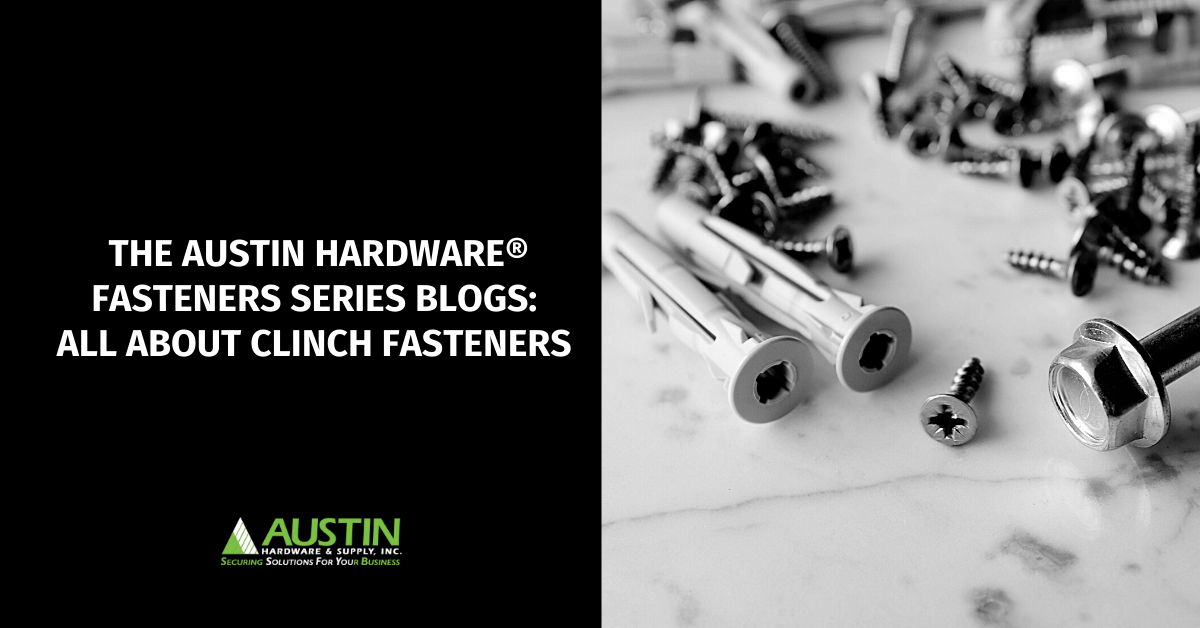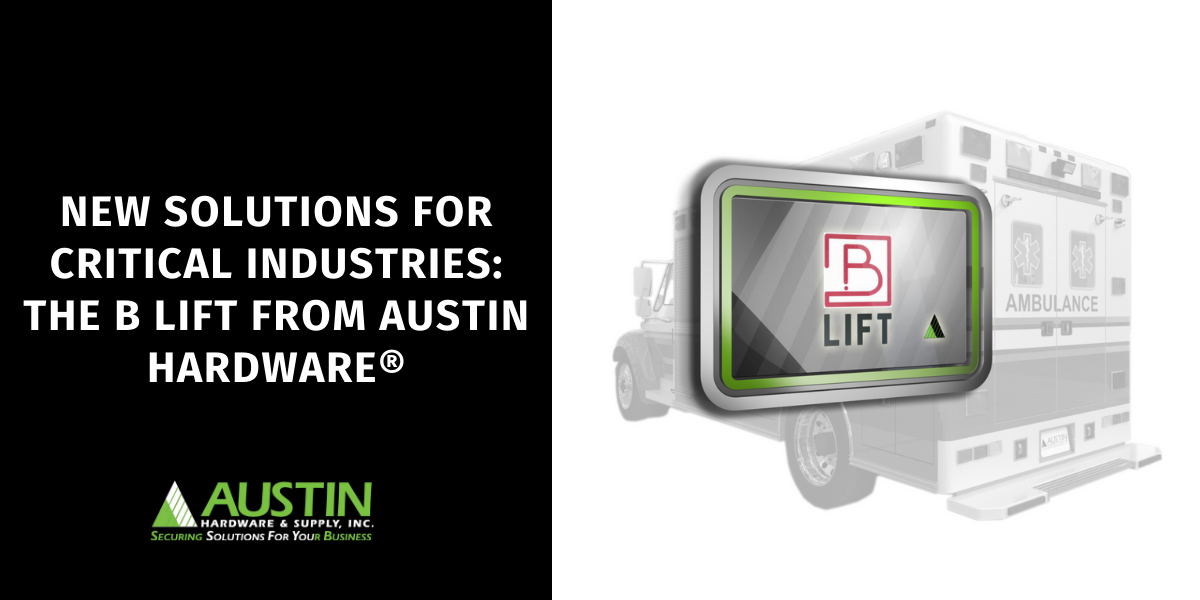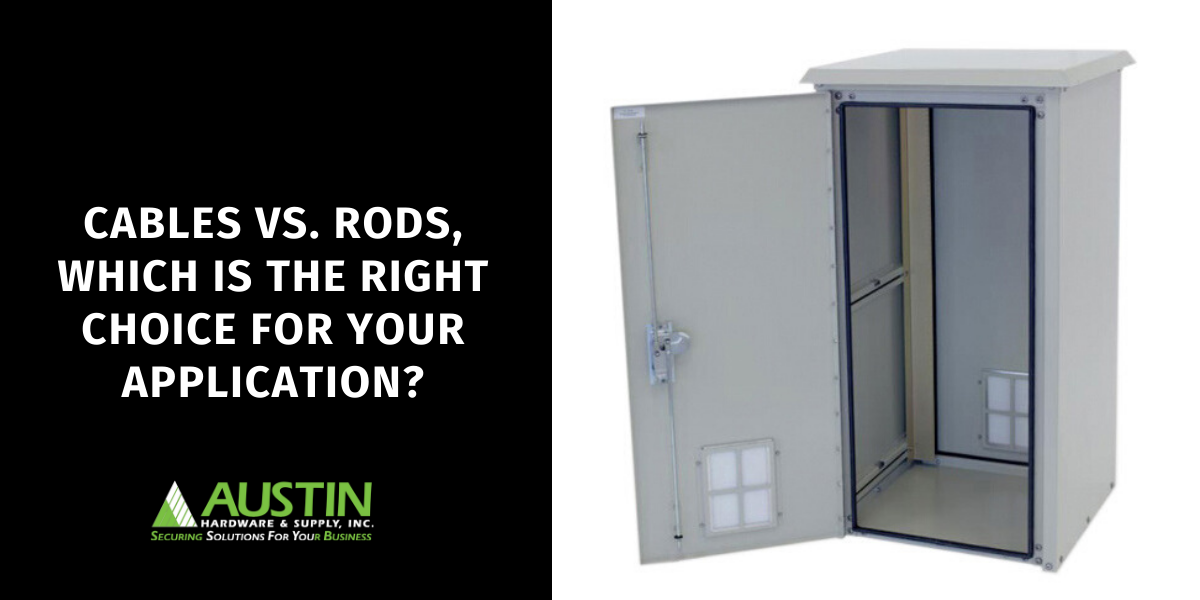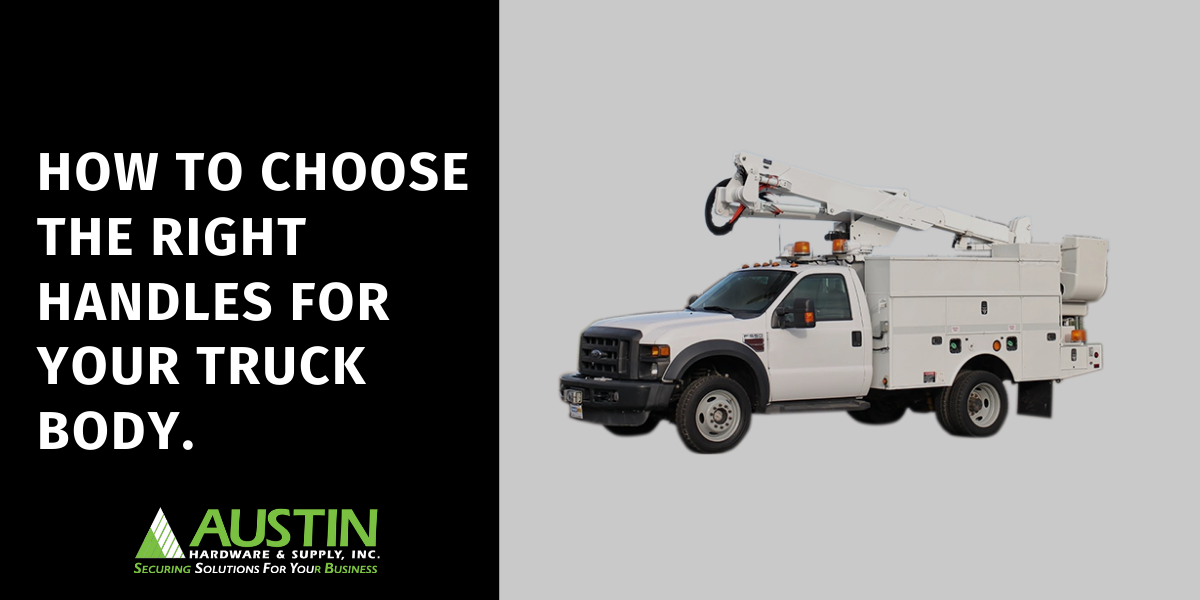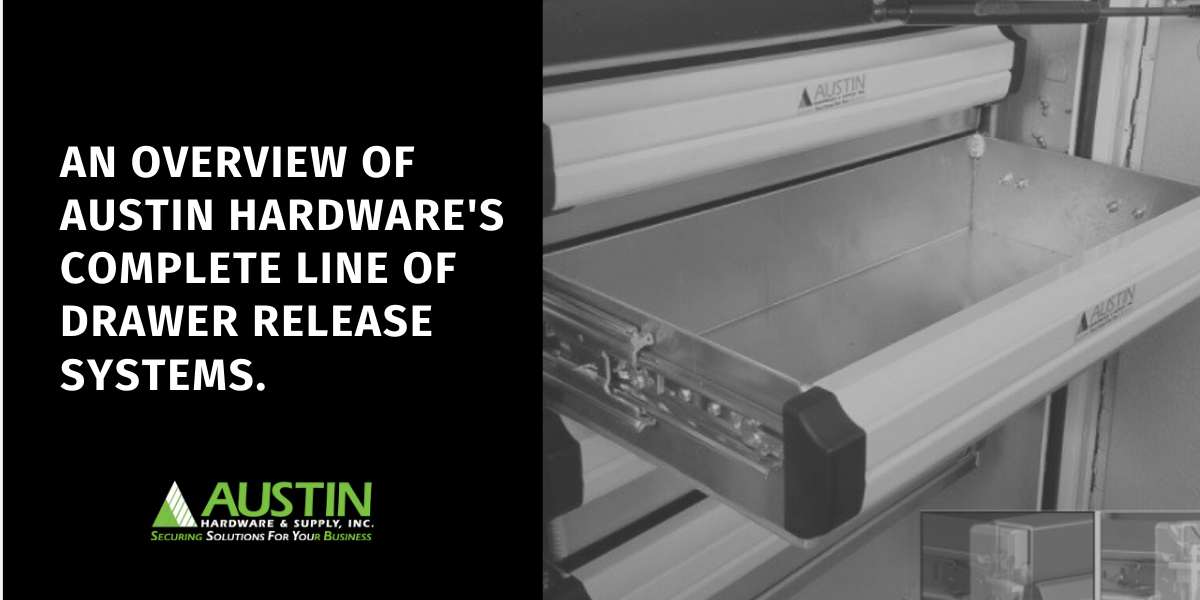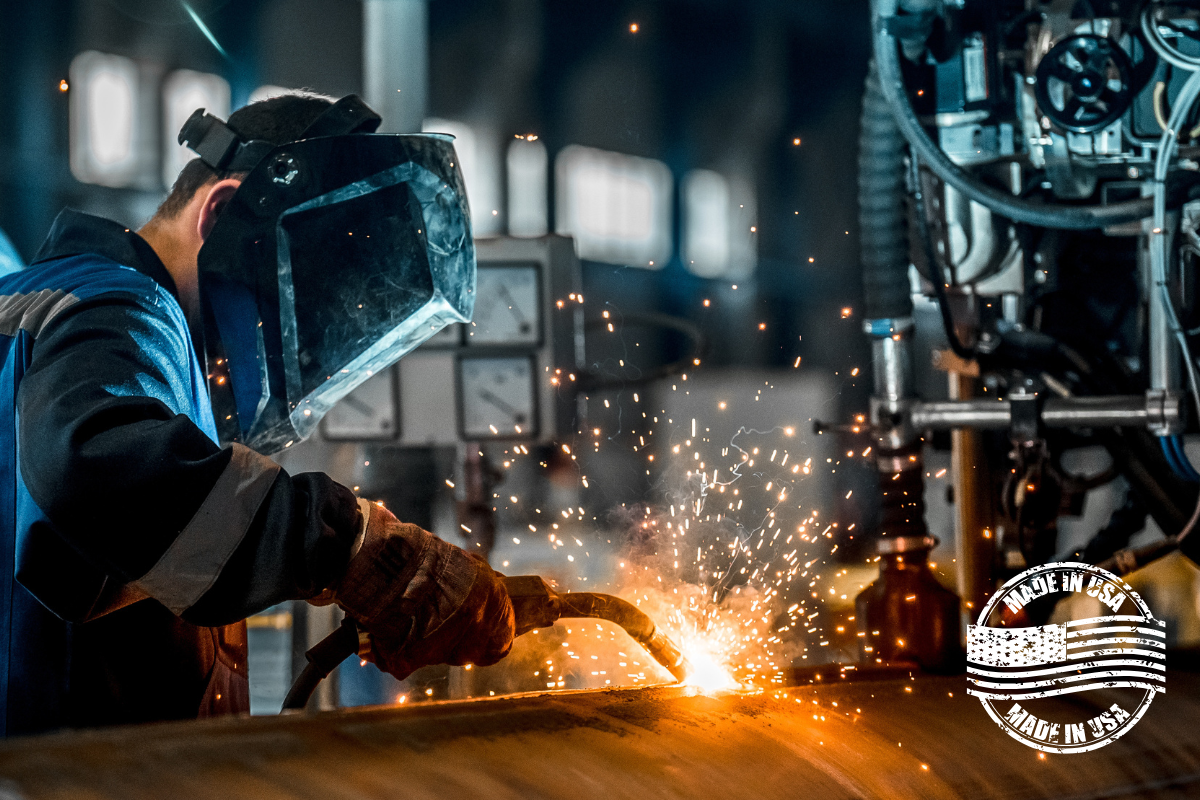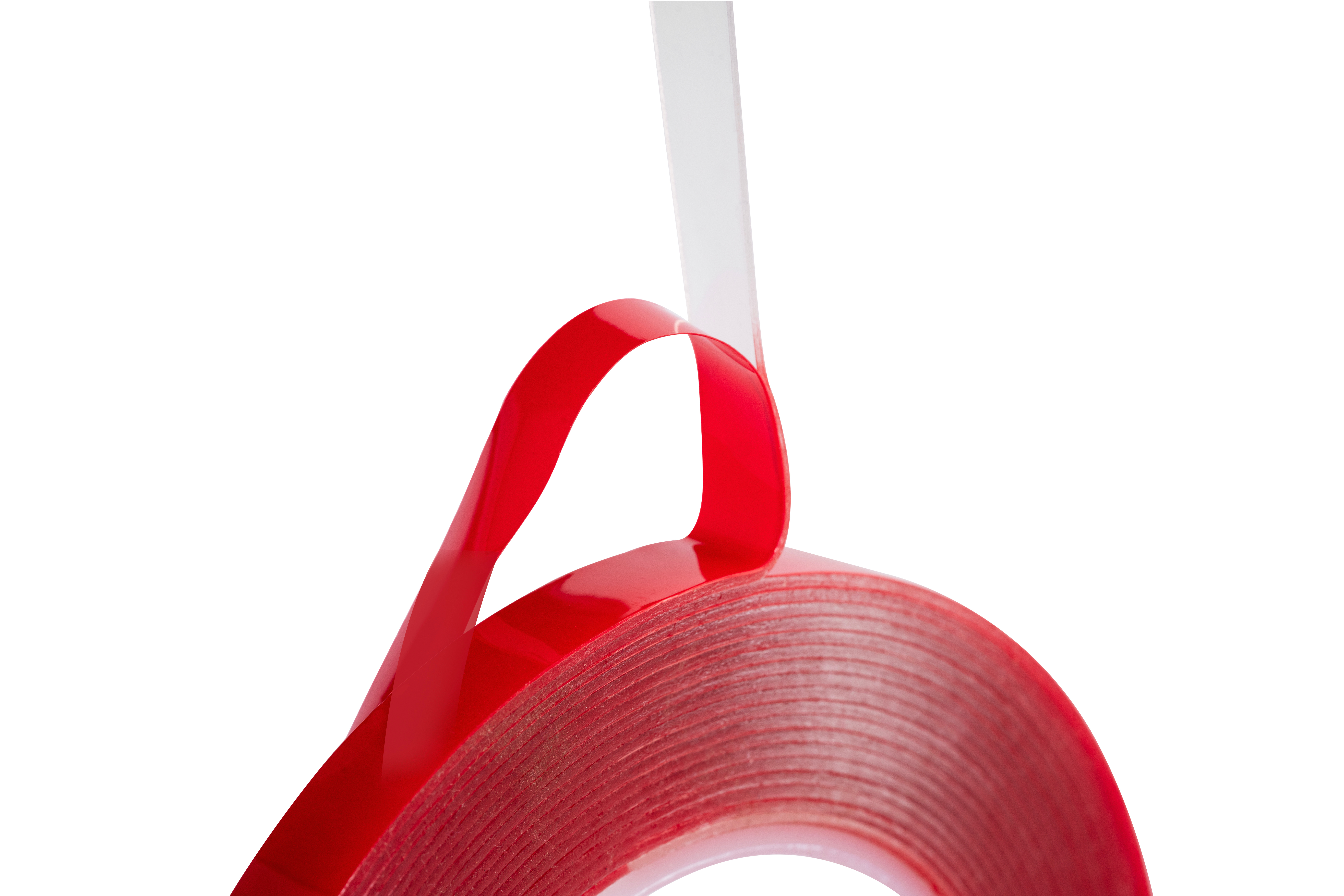An Explanation of Common Gas Springs: How Do They Work?
Gas springs, also known as gas struts or gas lift supports, use compressed gas to provide smooth and controlled motion of lids, hatches, flaps, and more in many applications. Common examples include automotive hoods, furniture, medical equipment, and industrial machinery.
They work on the principle of the ideal gas law, which states that the pressure of a gas is directly proportional to its temperature and the number of molecules present in the container.
A typical gas spring consists of a piston rod and a cylinder filled with pressurized gas, usually nitrogen. When the gas spring is extended, the gas pressure inside the cylinder pushes the piston rod out. Conversely, when the gas spring is compressed, the gas pressure inside the cylinder decreases, allowing the piston rod to retract.


